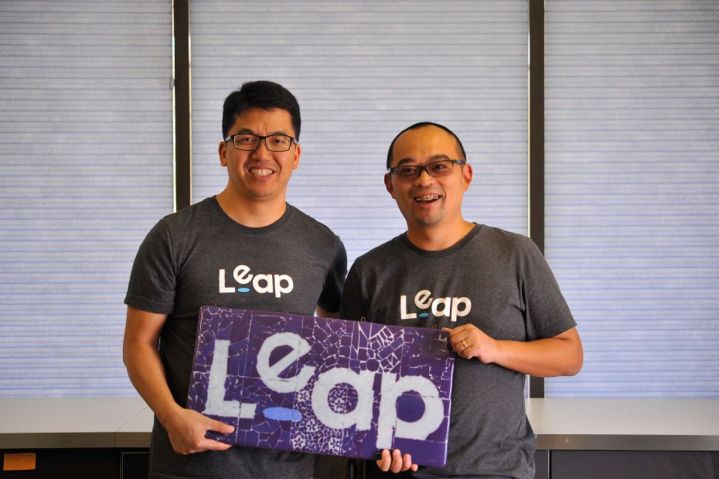
The app officially launched on August 22 with $2.4 million in seed money. What you do is sign up on Leap.ai’s website or iOS app and create a profile for yourself, much like any other social media app. You submit a self-assessment, detailing your strengths, what types of jobs you prefer as well as your values as an individual. The algorithm then goes to work, matching your information with what a company is looking for in a potential employee. Once a match has been made, Leap.ai lets you know about the potential opportunity and sends your resume to the employer.
Not only does it go ahead and send the resume, but the app also delivers a letter of recommendation of sorts — an explanation of why the job seeker is a great match for the company and position. Leap.ai sets out to handle a lot of the work for you, making the act of job-seeking easier.
Dropbox, Zoom, and Uber are just a few of the customers the app has, which claims 50 in total. “We chose to partner with ZhenFund partially due to their strong brand recognition and Mr. Bob Xu’s strong influence over the young generation in China,” Liu, cofounder and CEO, wrote in an email to VentureBeat.
“I probably hired 500 people into my division,” Liu told TechCrunch in an interview. “We learned that hiring is hard. Your ability to learn, collaborate or take initiative are strong characteristics, but it is hard to get a feel for them from an interview. Curiosity and drive, in an interview process you can’t do too much to gauge that.”
Customers are charged when they hire a candidate through the platform, with the rate being based on the first-year salary.


